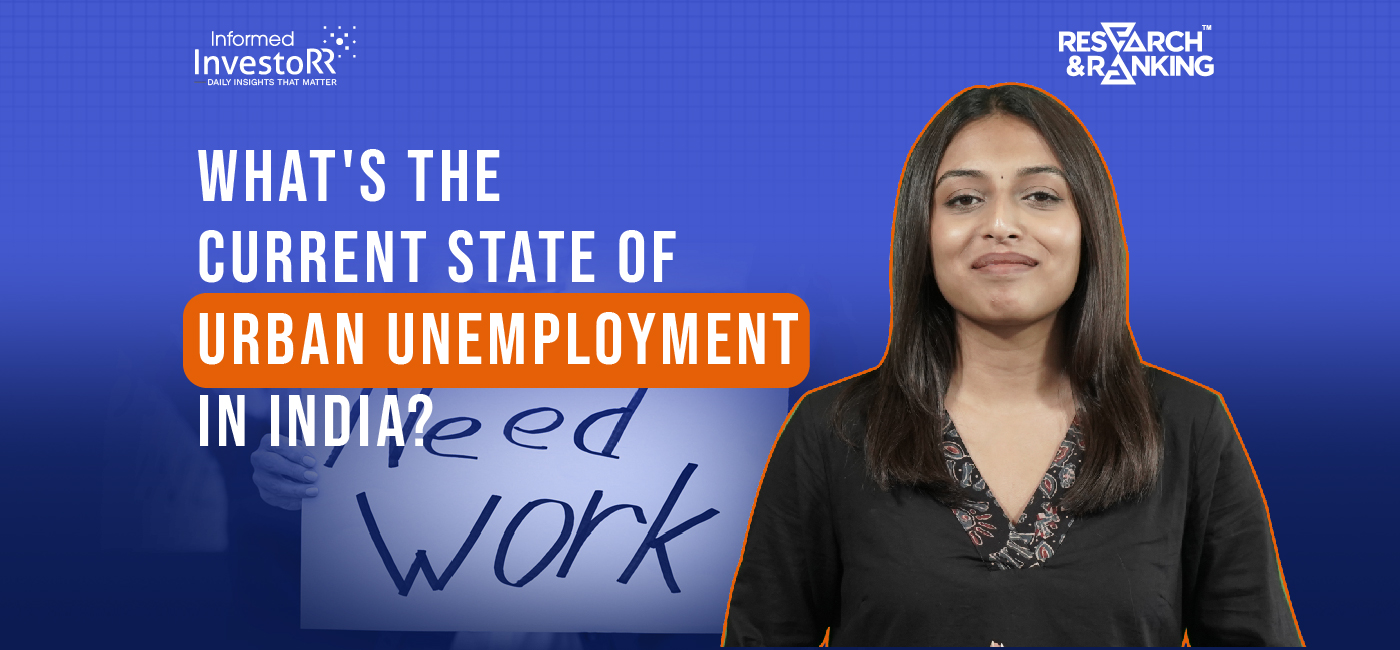Unveiling India’s Employment Landscape
In a recent revelation by the National Statistical Office (NSO), crucial details regarding India’s employment scenario for the April to June quarter of 2023 have come to light.
Unemployment has perennially been a pivotal concern for India, wielding significant influence on the political landscape, especially in the run-up to elections. Let’s delve into the latest figures about urban unemployment in India.
Q2 2023 Unemployment Rates
According to the data, India’s urban unemployment rate has notably decreased, plummeting from 6.8% in the preceding January-March period to a new low of 6.6% in the first quarter of 2023-24. This 6.6% figure is the lowest ever recorded since the inception of this data series in 2017. Moreover, it undercuts the unemployment rates observed in the quarters antecedent to the pandemic.

Key Takeaways
While the decline in the urban unemployment rate offers hope, signaling a potential turnaround in the job market amidst prevailing economic challenges, it’s imperative to acknowledge the nuances of measuring unemployment in India. This complexity arises from the substantial presence of an informal sector, often evading official statistics.
Unraveling the Informal Sector
The Current Weekly Status Method, the prevailing yardstick for measurement, categorizes individuals who have engaged in any form of work for at least an hour within the seven days preceding the survey as employed. Though widely accepted, this definition doesn’t fully encapsulate the complexities of India’s labor force.
Considering the Informal Sector
While the decline in the urban unemployment rate is undoubtedly a positive indicator, it’s crucial to contextualize it within the broader canvas of India’s employment landscape. The informal sector, a formidable contributor to the nation’s workforce, often operates under the radar of official statistics.
In summary, the dip in India’s urban unemployment rate is a beacon of hope in challenging economic times. It reflects a positive shift in the job market, offering a glimmer of respite for many. Nevertheless, it’s paramount to recognize the intricacies of India’s employment scenario, especially with the informal sector playing such a pivotal role.
FAQs
What factors contribute to the decline in urban unemployment rates?
The decline could be attributed to various factors, including economic policies, industry trends, and seasonal fluctuations in labor demand.
How does the informal sector affect unemployment calculations?
The informal sector, being largely unregulated and not part of official record-keeping, poses a challenge in accurately assessing the true extent of unemployment.
Is there a disparity in unemployment rates between urban and rural areas?
Yes, typically, urban areas tend to have higher recorded unemployment rates due to factors like greater competition and accessibility to formal employment.
What steps can be taken to address urban unemployment in India?
Policy measures focusing on skill development, job creation, and support for small and medium enterprises are essential in tackling urban unemployment.
How useful was this post?
Click on a star to rate it!
Average rating 0 / 5. Vote count: 0
No votes so far! Be the first to rate this post.

